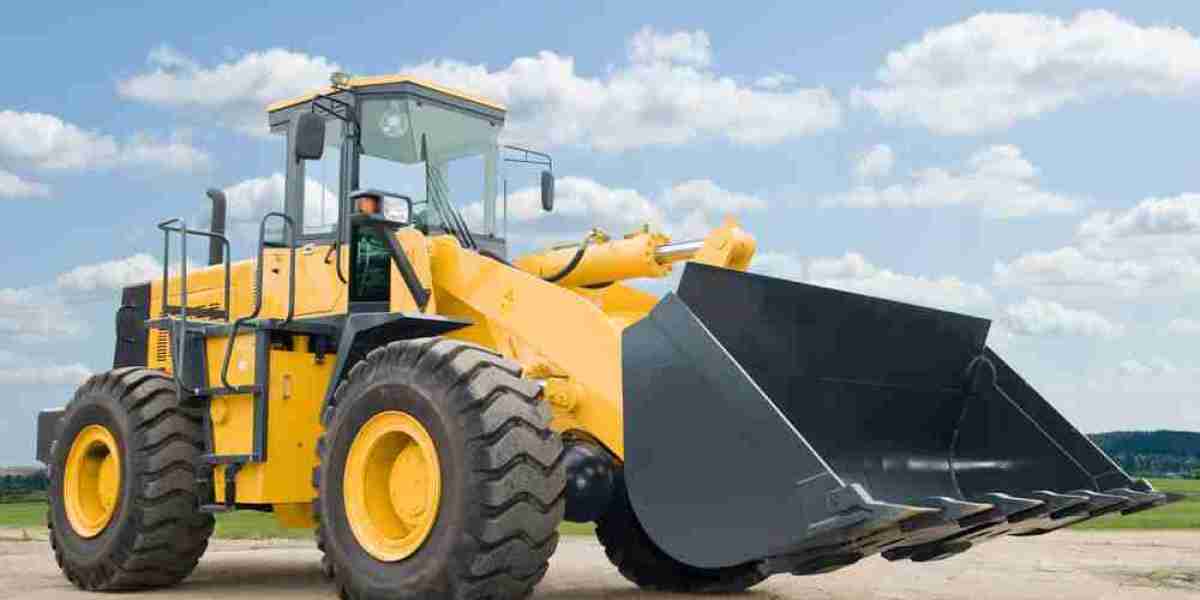The construction industry is undergoing a significant transformation driven by technological innovation and growing environmental concerns. Among the most notable shifts is the rise of compact electric construction equipment, which is increasingly favored over traditional diesel-powered machinery due to its sustainability, efficiency, and operational advantages. This article explores the forecast for the compact electric construction equipment market, highlighting key trends, growth drivers, challenges, and future prospects.
Market Overview
Compact electric construction equipment refers to small to medium-sized machines powered by electric batteries rather than fossil fuels. These machines include mini excavators, skid steer loaders, compact track loaders, and small dumpers designed specifically for construction, landscaping, and urban development projects. Their compact size makes them highly maneuverable in tight urban spaces and environmentally sensitive sites, where noise and emissions restrictions are stringent.
The market for compact electric construction equipment has experienced steady growth over the past few years. Increasing government regulations on emissions and noise pollution, especially in Europe and North America, have created an urgent need for cleaner alternatives. Additionally, the rapid advancements in battery technology, particularly lithium-ion batteries, have enhanced the efficiency and operating hours of electric machinery, making them more viable for various construction applications.
Growth Drivers
Environmental Regulations and Sustainability Goals: Governments worldwide are implementing stricter emission standards for construction equipment to combat air pollution and climate change. This has propelled manufacturers to shift focus toward electric alternatives. Additionally, companies are aligning with global sustainability goals, adopting green practices in their operations.
Urbanization and Infrastructure Development: As urban areas expand, there is a growing demand for construction equipment that can operate efficiently in confined spaces without disturbing the surrounding environment. Compact electric machines are ideal for such scenarios, fostering their adoption in urban construction and renovation projects.
Technological Advancements: The continuous improvement in battery energy density, fast-charging infrastructure, and electric drivetrain systems enhances the performance of compact electric equipment. Innovations like telematics and automation are also integrated, improving productivity and reducing downtime.
Operational Cost Savings: Electric equipment typically offers lower maintenance and fuel costs compared to diesel machines. With fewer moving parts and no fuel requirements, operators benefit from reduced downtime and operational expenses, making electric machines economically attractive in the long run.
Market Challenges
Despite the promising outlook, the compact electric construction equipment market faces some challenges. The initial purchase cost of electric machinery remains higher than traditional equipment, which can deter price-sensitive buyers. Battery life and charging infrastructure limitations are other hurdles, especially in remote or large-scale construction sites where charging stations may be scarce.
Moreover, there is still limited awareness and familiarity among contractors and operators regarding the capabilities of electric construction equipment. Overcoming resistance to change and proving the reliability and efficiency of these machines is crucial for broader market penetration.
Regional Insights
North America and Europe lead the adoption of compact electric construction equipment due to stringent emission norms and supportive government policies. Asia-Pacific, particularly China and Japan, is emerging as a key market owing to rapid urbanization, industrial growth, and increasing environmental consciousness.
In Europe, cities like London and Paris have introduced low-emission zones that restrict the use of diesel equipment, accelerating the shift to electric machinery. In North America, incentives and grants for green construction equipment further boost market growth.
Future Outlook
The compact electric construction equipment market is expected to witness robust growth over the next decade. Analysts forecast a compound annual growth rate (CAGR) of approximately 15-20% from 2025 to 2035, driven by ongoing innovations and escalating demand for eco-friendly solutions.
Manufacturers are expanding their electric product portfolios and investing in research to enhance battery life and reduce costs. Partnerships between equipment producers and charging infrastructure companies are also increasing to address charging challenges.
Additionally, the integration of smart technologies such as IoT, AI, and autonomous capabilities is poised to revolutionize compact electric construction equipment, improving safety, efficiency, and operational intelligence on construction sites.
Conclusion
The shift toward compact electric construction equipment reflects a broader trend of sustainability and innovation in the construction industry. With growing regulatory pressures, urbanization demands, and technological progress, the market is positioned for substantial growth. Although challenges remain, continued advancements and increasing awareness will likely accelerate adoption, enabling construction projects to become cleaner, quieter, and more cost-effective.


